I could not believe that my time in Okinawa was already over. I was somewhat sad to leave, but also looking forward to the next leg of my travels in Japan. But I still had some of the day to explore before I went to the Naha airport. I had a leisurely breakfast and coffee at the Bon Appetit restaurant before gathering my things and checking out of the JAL City Hotel. It was a nice place, and I think I should look for others in the chain when I travel.
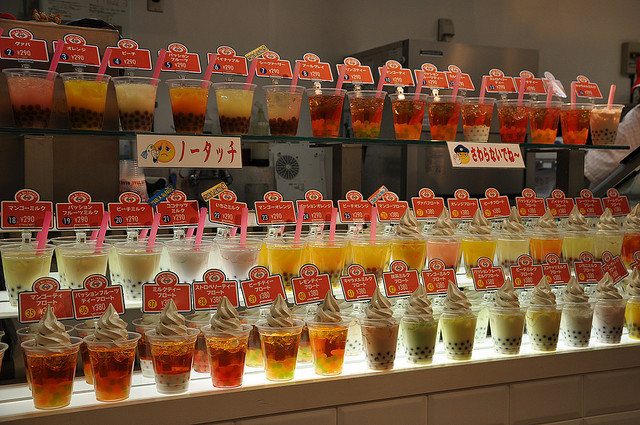
Kokusai-dori dessert cafe (photo: imgdive/flickr)
I made a final walk down Kokusai-dori, feeling a bit nostalgic about the place, even though I first set eyes on it only three days ago. This time I headed for Heiwa-dori, that amazing arcade that seemed to have everything possible for sale. But my goal was the other end, which I had not been to yet.
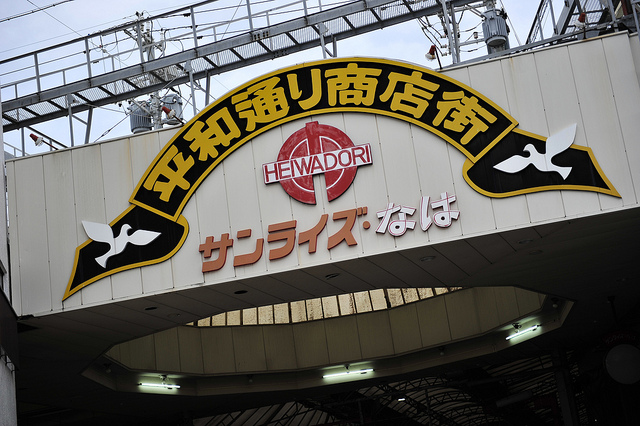
Heiwa-dori covered shopping mall (photo: jasewong/flickr)
Stepping out of the arcade, I felt like I had entered a new world. It was quiet and quaint, a far cry from the glitz of Kokusai-dori. It seemed more down to earth, which seemed an appropriate expression to use for an area devoted to pottery. I had found Tsuboya Street.
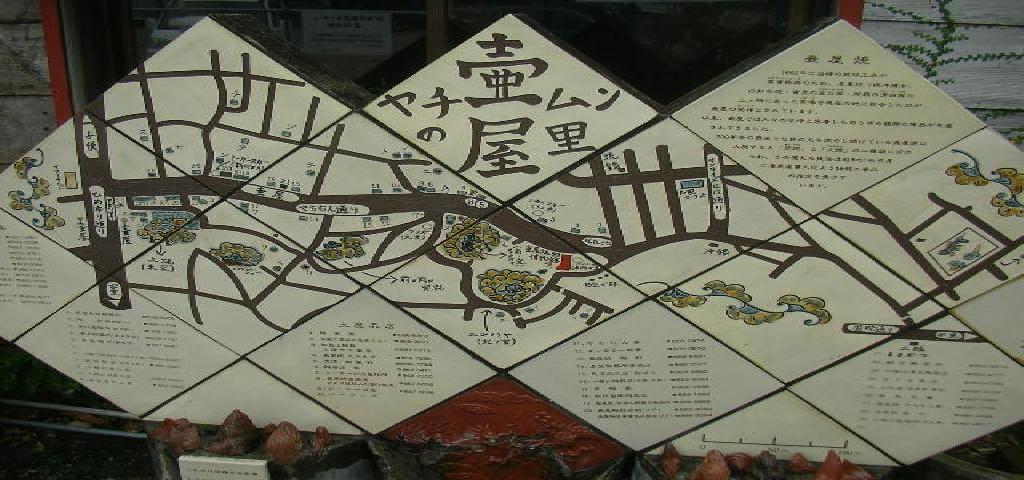
Tsuboya Yachimun Street / 壷屋やちむん通り
Centuries ago, the Ryukyu administration decided, for some reason that never was too clear to me, that all the potters on Okinawa should be brought to one central location, and this was it. I guess tradition is a powerful thing, because they stayed. It was amazing to see all the pottery shops, from grungy little places with shelves overflowing with knickknacks to really lovely galleries with top end prices.
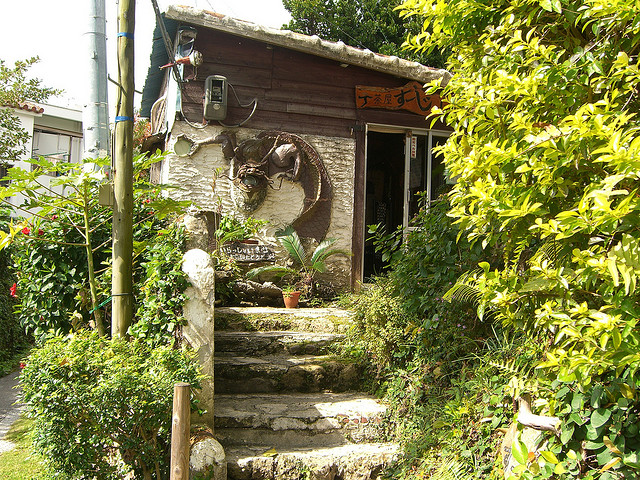
Tsuboya Pottery Street Artisan Shop (photo: navisan/flickr)
It was a joy to browse through them all, and I picked up a small shisa lion as a souvenir of my trip. There were even workshops where you could make your own pottery items, but unfortunately I didn’t have time to try my hand at those.
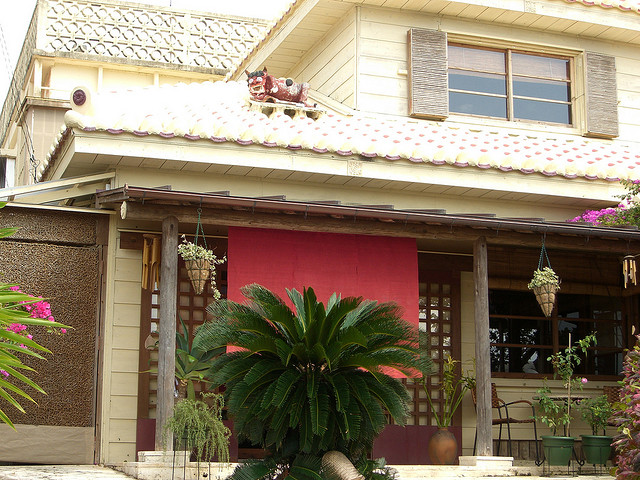
Tsuboya Street Artisan Shop (photo: navisan/flickr)
As well as the galleries, there was a museum. The Tsuboya Pottery Museum was aptly named, as all the exhibits were related to the pottery of the area. At the entrance there are lockers where I stowed by carry-on bag, it required a 500 yen coin to lock but it was refunded when I unlocked it.
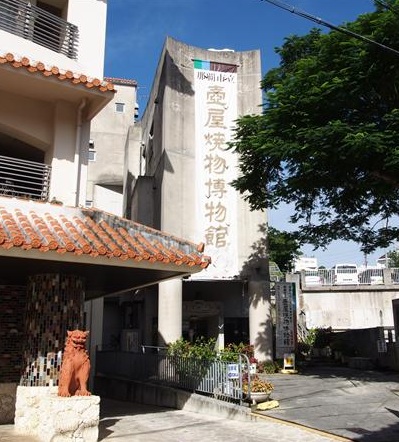
Tsuboya Pottery Museum Building
I was surprised to find myself drawn into the explanations of the English audio guide, which was much more thorough than most I have found in Japan. There was glazed and unglazed pottery, some very small items and some larger ones. I was expecting to see the pretty little bowls and cups with Chinese influenced shapes and designs, but there was a lot more to the collection than that. It clearly showed the development of pottery from way back in history up to the present day.
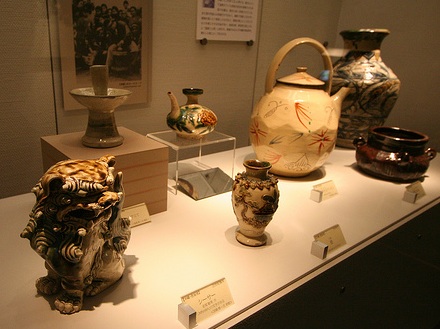
Tsuboya Pottery Museum Display 2
I was most amazed to see how many things you can use ceramics for. Big jars for water and miso, delicate teapots, and many vessels related to awamori. But there was even a pottery coffin!
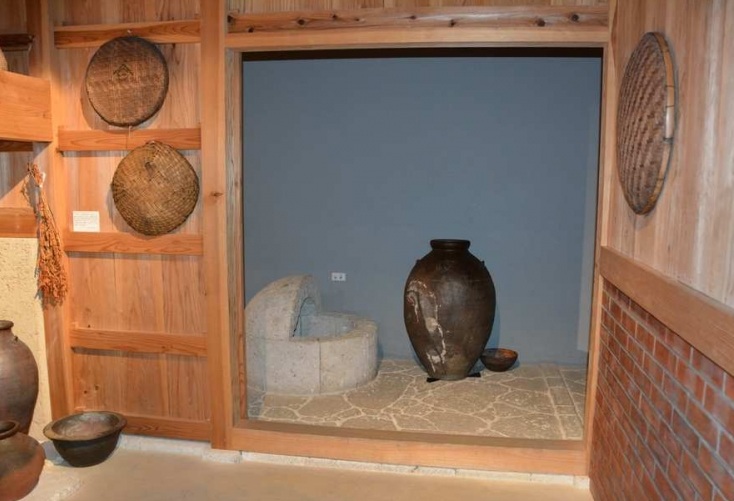
Tsuboya Pottery Museum 7
There is a replica of an traditional Okinawan home in the Tsuboya Museum, very simple design made entirely from wood from what I could see. One room for dining and one for sleeping with a outside kitchen for cooking, suitable for a humid tropical climate. The Museum attendant had lived in such a house as a child and it was interesting to hear him talk of his experience.
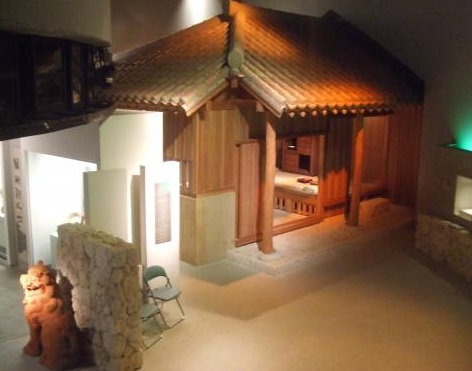
Tsuboya Pottery Museum Traditional House
I left the museum and had a pleasant lunch at a café nearby, lingering over one last decadent ice cream parfait before heading to the airport. It was no problem finding it, I just took the monorail to the airport where I found the Jetstar check-in counter. Not long after, I was up I the air on my way back to Tokyo for the 2.5 hour flight to Narita.
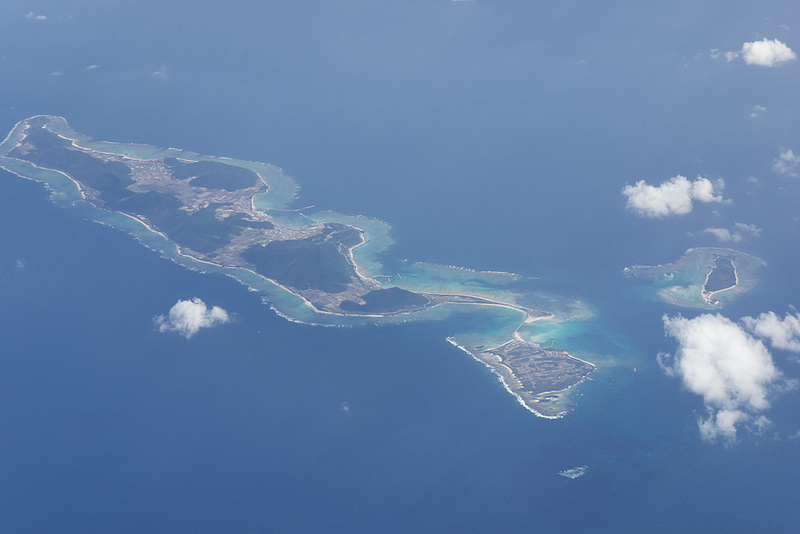
Iheiyajima Island – Okinawa from Jetstar plane
What a lovely and informative side-trip on my visit to Japan!
 photo by:
jetalone
photo by:
jetalone